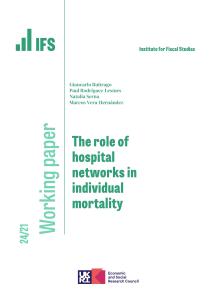BACKGROUND:
This study aimed at depicting the course of depression symptoms over the old age, with a special interest in a) uncovering its relationships with sociodemographic and health-related factors; b) analysing its predictive role on healthy-ageing outcomes later in life.
METHODS:
The sample comprised 8317 older adults (46.02% men) from the English Longitudinal Study of Ageing. Robust structural equation modelling was used to identify symptom trajectories and their relationships with time-varying factors. Trajectory class and covariates were used to predict outcomes (quality of life, satisfaction with life, and daily living functioning) in a 2-year follow-up.
RESULTS:
Three trajectory classes (so-called, normative, subclinical, chronic symptom trajectories) were identified for both sexes. Rising hearing difficulties and history of psychiatric problems were consistently associated with the chronic symptom trajectory. Lower education level, history of psychiatric problems, and increasing visual difficulties were connected with the subclinical trajectories. Finally, participants with either a subclinical or a chronic symptom trajectory showed worse outcomes than the remaining participants in the follow-up.
CONCLUSION:
This study highlighted the presence of varying courses of depression symptoms (each showing some distinctive features from other another) over the old age, pointing to some relevant implications for clinical assessment and treatment prescription.








